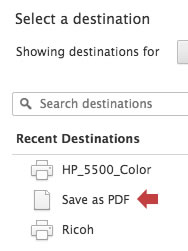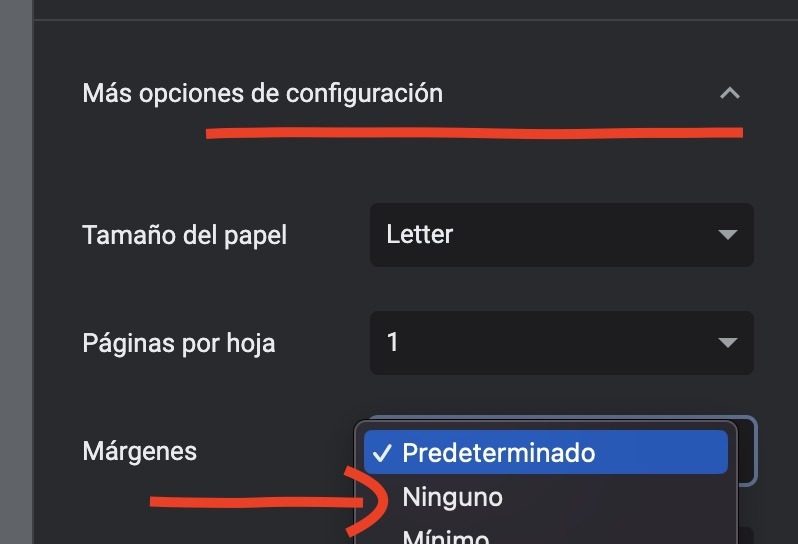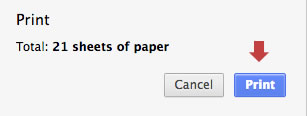English 3 Unit 1 Term 1 Week 3, 2025
Instrucciones:
• Los bloques sombreados en color gris se pueden ocultar en la impresión final.
• Para ello haga clic sobre cada uno de los bloques que desea ocultar.
• Para encenderlo nuevamente, pulse el bloque otra vez.
• Solamente los bloques encendidos serán impresos.
• Pulse el botón «Imprimir» cuando se encuentre listo.
• Para un mayor aprovechamiento del espacio, recomendamos eliminar los márgenes al imprimir.
¿Cómo guardar PDF?

Recomendamos utilizar el navegador Google Chrome.
Si no lo tiene instalado en su dispositivo puede descargarlo aquí.
El diálogo de impresión iniciará en cuanto cierre estas instrucciones.
En el cuadro de diálogo, cambie el destino de la impresión:

En las opciones, seleccione «Guardar como PDF»:

Para aprovechar todo el espacio de su hoja, recomendamos desactivar los márgenes:

Por último pulse el botón «Guardar»:

¿Cómo imprimir en color?

Recomendamos utilizar el navegador Google Chrome.
Si no lo tiene instalado en su dispositivo puede descargarlo aquí.
El diálogo de impresión iniciará en cuanto cierre estas instrucciones.
En el cuadro de diálogo de la impresión siga las siguientes instrucciones:
Si desea imprimir el planeamiento a color, asegúrese de activar la opción «Color»:

En la sección «Más configuraciones»:

Active la opción «Gráficos de fondo»:

Finalmente pulse el botón «Imprimir»:

School year: 2025
Period:
Term: I
Level: Third Grade
Unit:1
Week:2
Domain: Socio-interpersonal
Scenario: My family “to do “ list
Theme: Can you Help me?
Enduring Understanding: I can do chores around the house and help me and my family be happier.
Essential Question: How do you help your family every day?
General Competences:
Responsible Citizenship ( X )
Life Competences ( )
Competences for Employability ( )
Learn to Know
Grammar & Sentence Frames
Modal “can”
- Can you pass me a broom?
- Can you help me?
Vocabulary
3. Can you help me?
Making request
- Can you … help me/ pass me? Sure!
- I need to …
- Please …
- Can I have…
Phonemic Awareness
Vowel and consonant combination
- am: ham, jam, Pam, Sam.
Learn to Do
Function
- Making simple requests.
Discourse Markers
But
- I like to sweep but I don´t like to mop.
Learn to Be and Live in Community
Psycho-social
- Showing gratitude, appreciation and respect towards own and others’ family members.
Socio-cultural
- Promoting using social phrases and good manners when asking for something (“Please” “Thank you”).
Social Language Samples
and idioms/phrases
- I love you to pieces.
Assessment Strategies & Evidences of learning
Learner…
SI.1. Provides one word answers to basic requests.
R.2. Appreciates readings analyze and enjoy texts.
Acts out a conversation using key words and pictures.
Goals
Learner can…
SI.2. Provide one word answers to basic questions.
R.2. Comprehend short readings analyze and enjoy texts.
Pedagogical Mediation/ Didactic Sequence
Pre-teaching
Warm up
Teacher asks students:
What is your favorite room in your house?
Students observe page 27 and read the definitions of each room.
Activation of Prior Knowledge
Teacher asks students:
What are all the different rooms in a house?
Students brainstorm the different rooms in houses.
The teacher writes the words on the board.
Modeling
Students observe the picture on page 29.
Students read the words of the different rooms in the house.
Students complete page 29.
Clarifying
Teacher pronounces the vocabulary on page 29 and students repeat them several times.
Time
15 minutes
W.2. Fills in gapped texts using a word list of familiar words
W.2. Fill in gapped text using a word list of familiar words.
Oral Comprehension (Listening)
Pre-task
Teacher shows students a sheet to fold and make a little house.
Students follow the instructions to fold and cut the little house.
Cut the dotted lines.
Fold the sheet in half vertically.
Fold the door and the windows as shown in the picture.
Fold the roof as shown in the picture.
Task Completion
Students read the instructions to put the different furniture, house items in the different rooms.
Students cut out the illustrations and paste them in the correct spaces.
- The table is in the dining room.
- The refrigerator is in the kitchen.
- The broom is next to the refrigerator.
- The bed is in the bedroom.
- The sofa is in the living room.
- The lamp is in the living room.
- The toilet is in the bathroom
- The stove is in the kitchen.
- The computer is in the office.
- The chair is next to the computer.
- The sink is in the batroom.
- The microwave is in the kitchen.
- The closet is in the bedroom.
- The picture is in the diningroom.
The mop is in the dinningroom.
Task rehearsal
Students complete page 25 of the book writing the correct number under each illustration.
Task assessment
Once students have completed the origami house they complete the blanks of the different things in the house with the corresponding room.
- The dog is in the ___________________
- The plant is in the __________________
- The cereal is in the ________________
- The window is in the _______________
- The flowers are in the _________________
- The cat is in the ____________________
The teacher checks their answers.
Post Task
Students complete page 14 in the book.